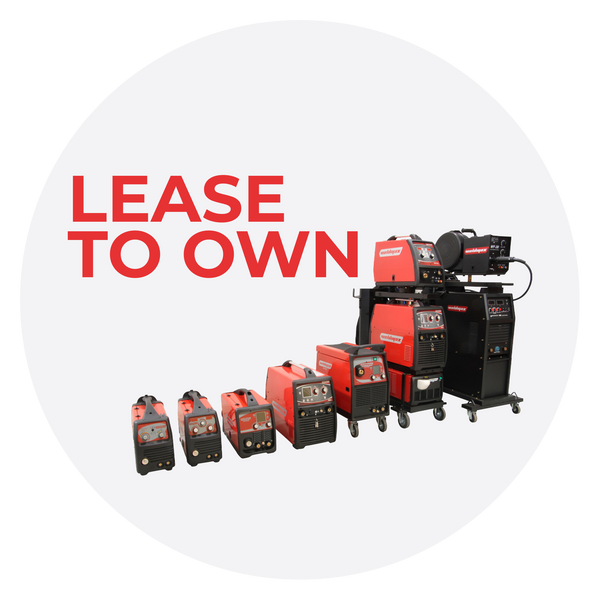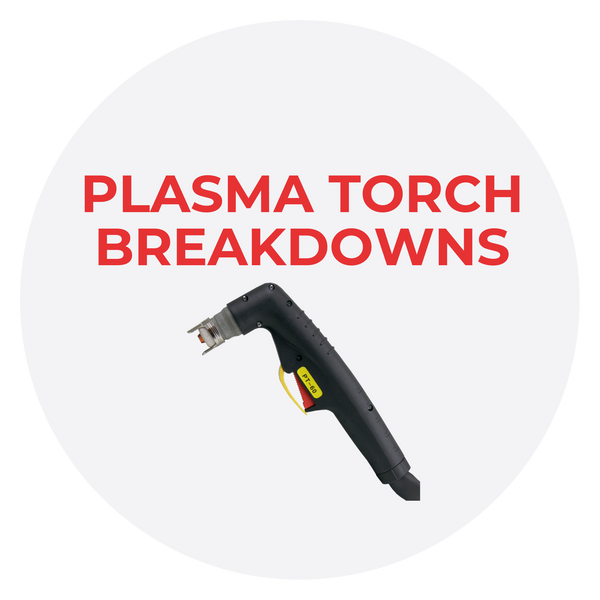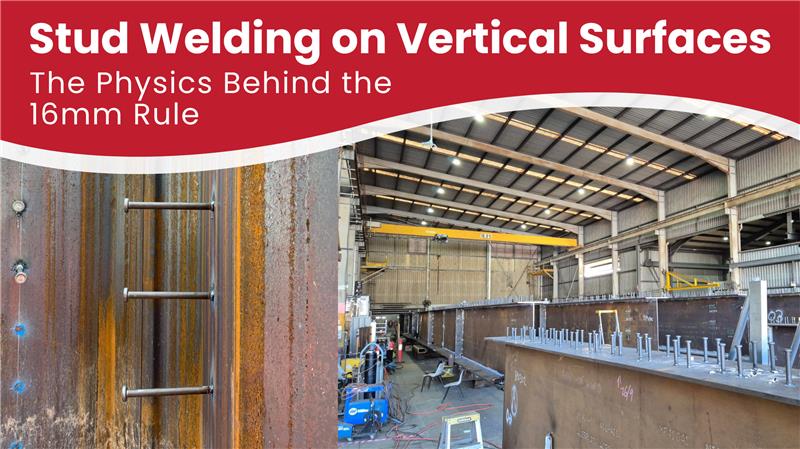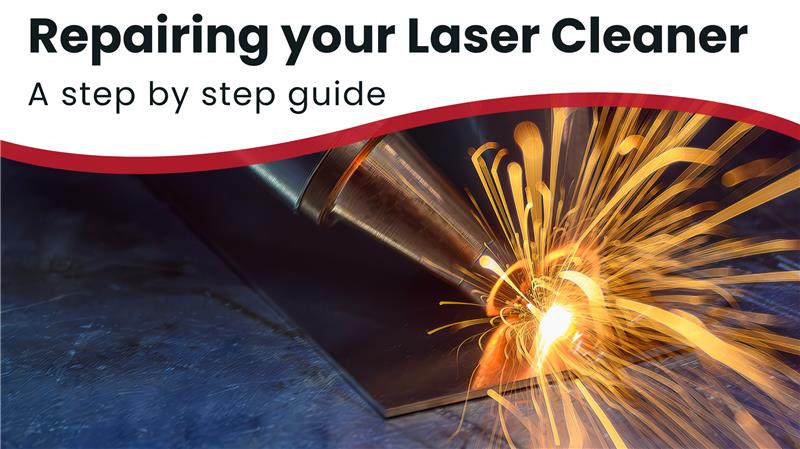Understanding Laser Cleaners: Revolutionizing Surface Cleaning

In an era where technology continually pushes the boundaries of innovation, laser cleaners have emerged as a transformative solution for surface cleaning across various industries. From historic artifacts to industrial equipment, these advanced devices offer precision, efficiency, and environmental friendliness unlike any traditional cleaning method. Let's delve into the intricacies of laser cleaners, exploring their workings, applications, and benefits.
How do Laser Cleaners Work?
Laser cleaning operates on the principle of laser ablation, a process where high-intensity laser beams are directed onto a surface to remove contaminants or undesired material. The interaction between the laser and the surface generates heat, causing the contaminants to vaporize or sublimate, leaving the substrate clean and undamaged.
The effectiveness of laser cleaning is attributed to its ability to selectively target the contaminants while preserving the integrity of the underlying surface. This precision is achieved through careful control of laser parameters such as wavelength, pulse duration, and intensity, tailored to suit the specific material and cleaning requirements.
Applications Across Industries
1. Heritage Conservation: Laser cleaners are revolutionizing the preservation of cultural heritage by delicately removing dirt, grime, and pollutants from valuable artifacts, sculptures, and historical monuments. Unlike abrasive methods, laser cleaning ensures minimal risk of damage, making it indispensable in restoring and maintaining precious cultural treasures.
2. Automotive and Aerospace: In manufacturing industries, laser cleaners play a vital role in surface preparation, paint removal, and rust removal from automotive components, aircraft parts, and machinery. Their non-contact nature and precise control make them ideal for maintaining critical tolerances and surface finish requirements.
3. Electronics and Semiconductor: Laser cleaning finds applications in the electronics industry for removing oxides, residues, and contaminants from delicate electronic components and semiconductor wafers. Its ability to remove micron-scale particles without causing damage ensures the reliability and performance of electronic devices.
4. Medical Equipment: In healthcare facilities, laser cleaners provide a safe and efficient method for sterilizing medical instruments and equipment without the use of harsh chemicals. Their non-abrasive nature and ability to reach intricate surfaces make them indispensable in maintaining hygiene standards.
5. Nuclear Decontamination: Laser cleaning is employed in nuclear facilities for decontaminating radioactive surfaces, equipment, and storage containers. Its effectiveness in removing radioactive particles without dispersing them into the environment makes it a preferred choice for nuclear decommissioning and waste management.
Advantages of Laser Cleaning

Non-contact Cleaning: Laser cleaning is a non-abrasive process that does not involve physical contact with the surface, minimizing the risk of damage or distortion.
Learn more
Precision and Control: The intensity and focus of the laser beam can be precisely controlled, allowing for selective removal of contaminants without affecting the underlying material. Learn more


Environmentally Friendly: Unlike chemical cleaning agents, laser cleaning does not produce hazardous chemical waste or liquid residues, making it environmentally sustainable.
Learn more
Versatility: Laser cleaning machines can be used on a wide range of surfaces, including metal, stone, concrete, and more, making them suitable for various industries and applications.
Learn more


Cost-Effective: While the initial investment in a laser cleaning machine may be higher than traditional methods, the long-term savings in labour, material costs, and environmental compliance make it a cost-effective solution. Learn more
Challenges and Future Prospects

While laser cleaning offers numerous advantages, challenges such as initial investment costs, maintenance requirements, and safety considerations need to be addressed. Additionally, ongoing research is focused on enhancing the efficiency, scalability, and versatility of laser cleaning systems to meet evolving industry demands.
As technology continues to advance, laser cleaners are poised to become even more integral in surface cleaning and preparation across diverse sectors. With their ability to deliver precision, efficiency, and environmental sustainability, laser cleaners represent a paradigm shift in surface cleaning methodologies, driving innovation and progress in the pursuit of cleaner, safer, and more sustainable solutions.











